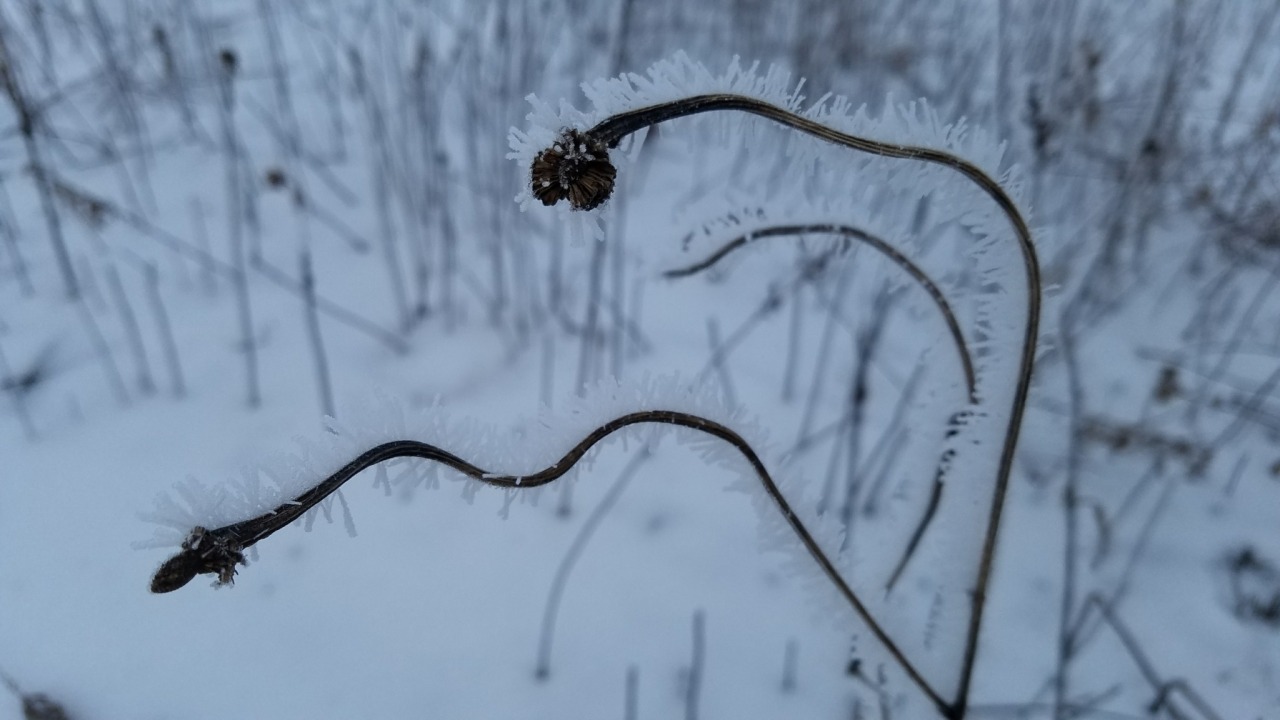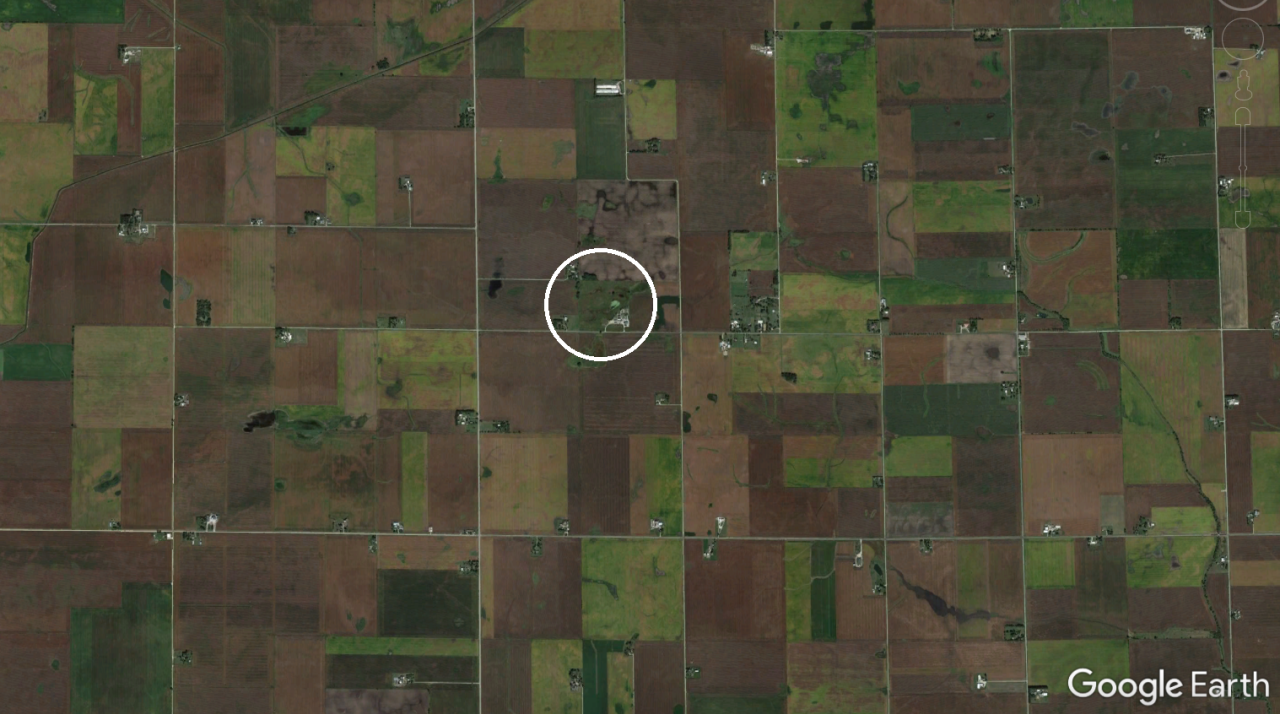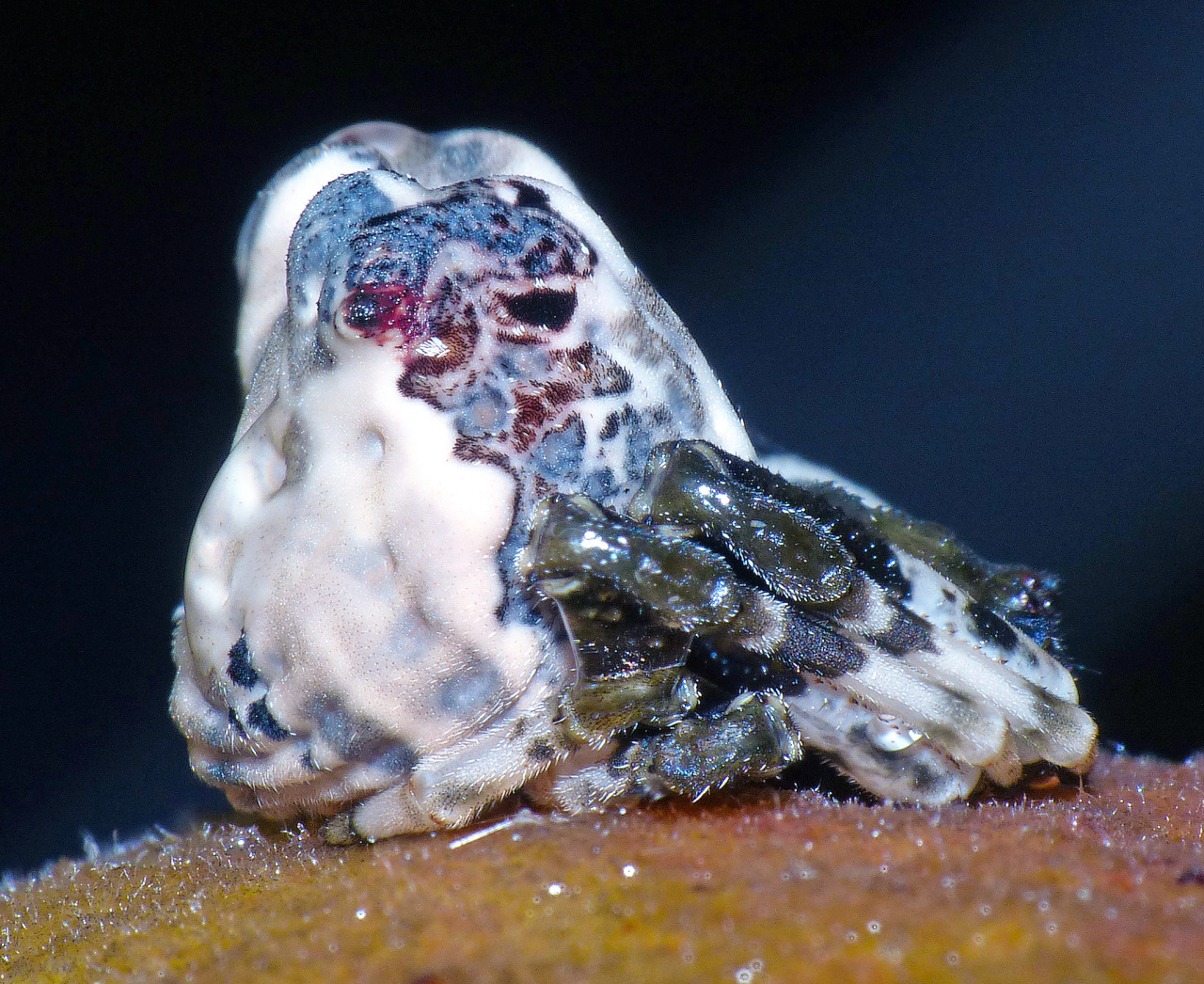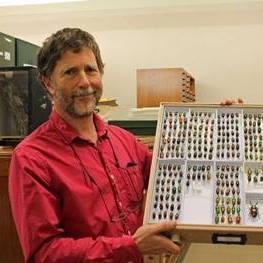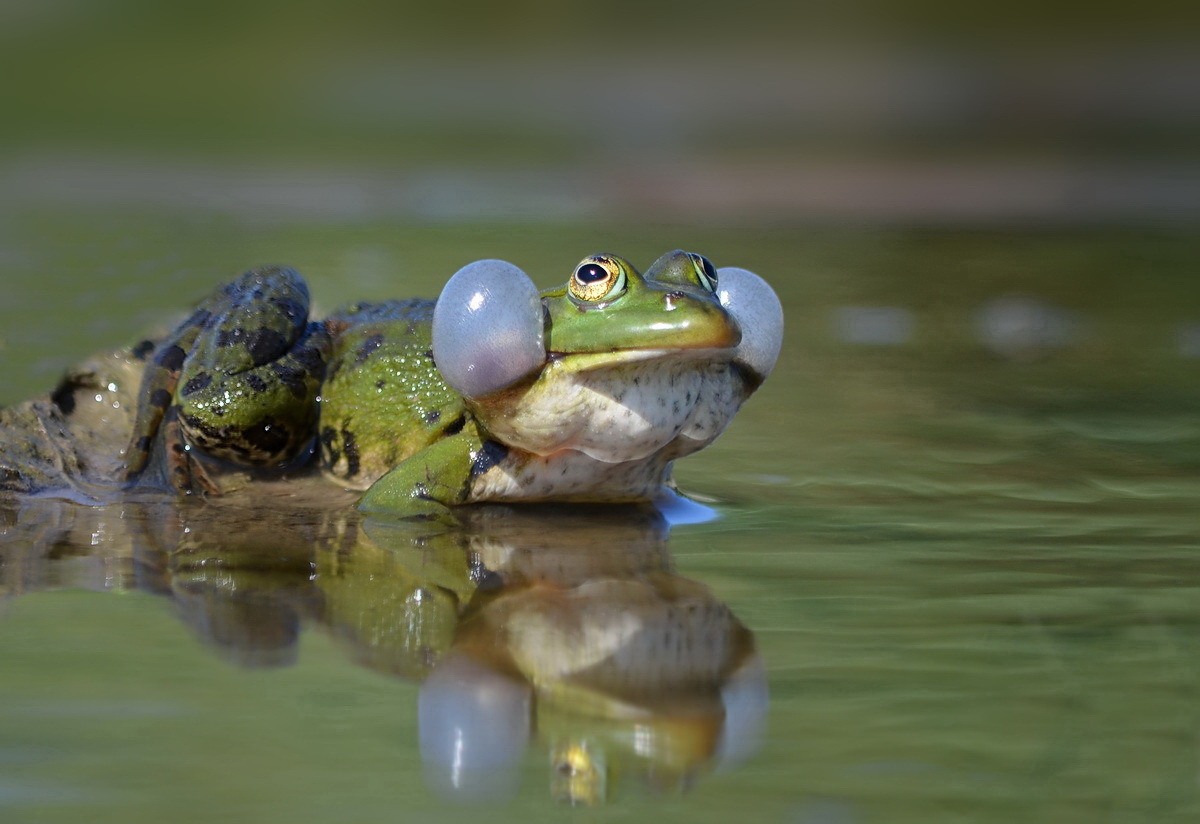
Our Observation of the Week is this calling Water Frog, seen in Lithuania by @ausrazilinskiene!
“As always I was looking for birds,” says Ausra Zilinskiene, recalling the day back in the spring of 2016 when she photographed the above frog. About seven or eight years ago was when she started observing animals, mainly birds. “I started to watch live web cameras of the storks nests. This was beginning of my way...I bought a camera and at the beginning sat for hours under the storks nests in the village, and later found that other birds are even more interesting than storks.”
Back to May of 2016. “In that day I had a hope to meet the Eurasian bittern,” recalls Ausra. “I could hear its voice in the reeds, but unfortunately the bittern did not give me a chance to see it.” She did, however, hear the mating calls of frogs around her. “It was May, mating time and water frogs all were "In love." :) There were a lots of frogs in the swamp. I lay down in the dirt near the swamp and started to observe them, trying to catch good moments for taking photos. The frog from photo was the largest of all frogs and its voice was the loudest.”
So why can’t we get this frog down to species? Ausra, on the advice of a more experienced herper, identified it as Pelophylax esculentus, commonly known as the “Edible Frog” (and yes, that is the frog whose legs are eaten as a delicacy). But as experienced Lithuanian natuarlist @almantas notes, “I received a note that their species are actually separated by genetic analysis, all other signs are not diagnostic.” So while we can get it down to genus from a photo, it would take genetic analysis to determine the species. AmphibiaWeb states that “genetic, ecological and behavioral studies in these frogs are in progress.”
One cool thing about P. eculentus, though, is that it is a hybrid of two species, Pelophylax lessonae and Pelophylax ridibundus, and itself reproduces hemiclonally, in a complicated process called hybridogenesis. Basically the process results in “each generation is half (or hemi-) clonal on the mother's side and has half new genetic material from the father's side.” (Wikipedia)
Right now Ausra is holed up during the winter, but says “I hope in Spring I'll continue my observations…
My purpose in iNaturalist is to show all species that I find and can identify in this small area of our planet, where I am observing nature. I think it would be nice to have the opportunity to open up the map of iNaturalist and to see what can we find in every part of Earth. But for this many naturalists must do a great job. I do hope that every day, new people will enter their observations and there will be less white areas in the map.
- by Tony Iwane. (Some of Ausra’s quotes have been lightly edited, as English is not her first language)
- Ausra humbly claims that “my photos aren't very good, because I am not a good photographer, but the camera helps me to focus and to find new interesting things. The camera helps me to see.” But I beg to differ, check out her observations here!
- You want to know what Edible Frog calls sound like, right? Of course you do - and you won’t be disappointed.
- Lithuanian iNatter @almantas was the subject of Observation of the Week this past June.




